FULL SUN
morning Sun, afternoon shade or dappled sun
pH
Neutral to slightly acid.
5-6
NeutralN
FEEDING
Phosporus, calcium
PLANTING
Mar-Apr
Jul- Aug
Peanuts are native to South America but were taken to Africa and Spain. They found their way into the US via the African slaves. In the 1800’s America started to grow peanuts commercially. Peanuts are in the legume family and are more closely related to beans and chickpeas rather than tree nuts. They are nitrogen-fixing plants, and beneficial for soil fertility.
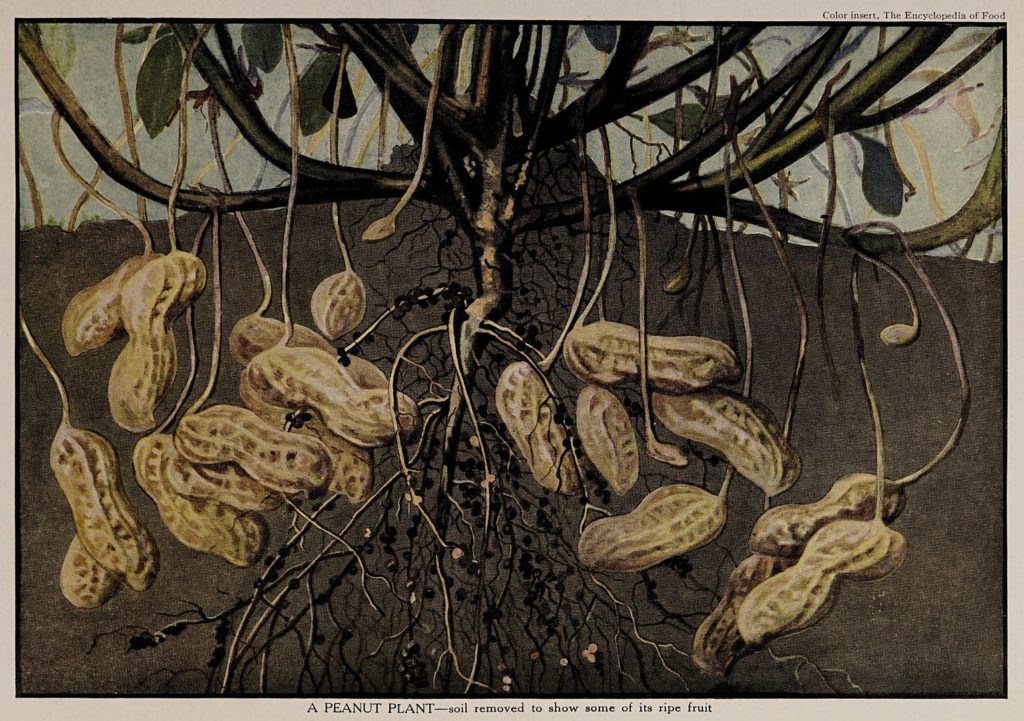
Varieties:
In the US peanuts fall into four categories.
Runner: Most dominant type, very productive, with large kernel size(nut size) and used mostly in commercial growing. This is the type most used to make peanut butter. 85% of peanuts grown in the US will be a runner type.
Virginia: These have the largest kernels and are excellent for roasted peanuts.
Spanish: These have smaller kernels and reddish-brown skins. This type of peanut is preferred for candies but is also used for roasting or salted peanuts. They have the highest oil content of the different types as well, making them a good variety for oil extraction.
Valencia: The valencia peanuts which are small-sized and sweeter tasting than Virginia-type peanuts. The peanuts are smaller and very tasty roasted or boiled. They are mostly grown in the Southwest, mainly in New Mexico and West Texas. Valencias are better adapted to drier climates such as the Southwest.
- Schronces Deep Black Peanut. Large pods with deep black violet skins. 3-4 peanuts per pod. Very productive. 110 days to harvest
- Tennessee Red Valencia: An heirloom variety, with sweet nuts. 2-4 peanuts per pod. This variety does well in clay soil.
If you live in a state where peanut seeds are not allowed to be shipped in, use store-bought raw organic peanuts.
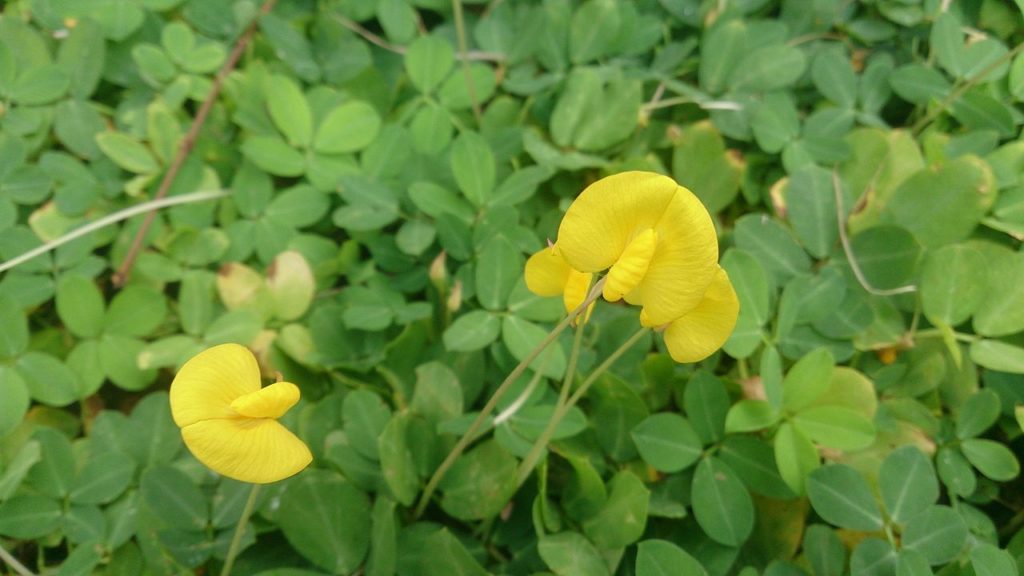
HOW TO GROW
- Planting peanuts are sold in the shell. To plant they should be removed from the shell, then placed in some water, and drained. This is to help the inoculant adhere to the peanuts.
- It is best to innoculate peanuts or other nitrogen-fixing crops before planting.
- The peanuts are sown 1-2 inches deep, however, peanuts are tasty food for critters. Therefore it is suggested that they be sown indoors in February, to transplant out into the garden in March.
- The soil temperature should be about 65 degrees before planting in the ground.
- Plant out 4-6 inches apart in look well-draining soil. Sandy soil is great for peanuts, but heavy clay can be loosened with compost and builders sand.
- Sow from March to April and again during the monsoon season.
- They are slow-growing at first and grow faster as the weather gets hotter.
- They have a long growing season ranging from 110-130 days, plan accordingly.
- Peanuts require sufficient amounts of water to be able to produce nuts.
- When the plants are 12 inches high they should be hilled up with loose soil, as potatoes are hilled up.
- Spanish peanuts tend to have a bunching type growth which is more erect. Valencias and Virginia peanuts tend to run slightly along the ground.
- When the plants start to flower, the flowers will fall to the soil. Hilling up the soil around the plant provides a good amount of soil for the flowers to drop into and peg. Pegging is when the fertilized flower started to grow a peanut pod on the soil.
- Healthy plants will produce 20-40 pods per plant.
- They are easy to grow in containers, raised beds, or in-ground.
POSSIBLE ISSUES
Spider Mites
- Hose off frequently in very hot, dry weather to keep spider mites in check. Use Kaolin Clay to to treat.
Soft Bodied Pests
Like many gardening plants, okra can be plagued with aphids, whitefly, and other soft-bodied insects. Monitor pests and remove infected areas by hand. Encourage beneficial insects such as lacewings, ladybugs, and assassin bugs.
Root- Knot Nematodes
Unfortunately root-knot nematodes can be fatal to peanut crops. Since they are really difficult to get rid of, do not plant peanuts if you are aware the soil is infected with root-knot nematodes.
Good Companion
Plant with fast-maturing crops such as radishes, green onions, and lettuce. These will help suppress weeds, but will also mature before the peanuts need more space. They love sun, but the desert sun is too harsh and they benefit from dappled shade. Plant under okra, eggplant, peppers, and corn. Plant with flowers and herbs suck as marigolds, tansy
Harvesting
Depending on the variety, peanuts will be ready within 110-130 days from planting. Plants will start to yellow or may even be completely brown as all the energy goes into the peanuts rather than aerial growth. Even with guidelines plants can mature at different rates. Pull one plant to determine if the peanuts are ready for harvesting, this is a good indication that most will be ready. Wash the peanuts and cut off the aerial parts. They can now be left to dry out or boiled as soon as you like for delicious boiled peanuts. To dry leave in the sun for a day or two, then move to a more shaded location outside, until the pods are completely dry, about 2-3 weeks. The dried peanuts can be roasted in the pods and stored for a couple of months or they can be frozen.
Saving Seed
After harvesting, set aside peanuts to dry in the shell for saving. Dry for 2-3 weeks before then store in the fridge for planting the next season. Do not remove from the shell until planting.

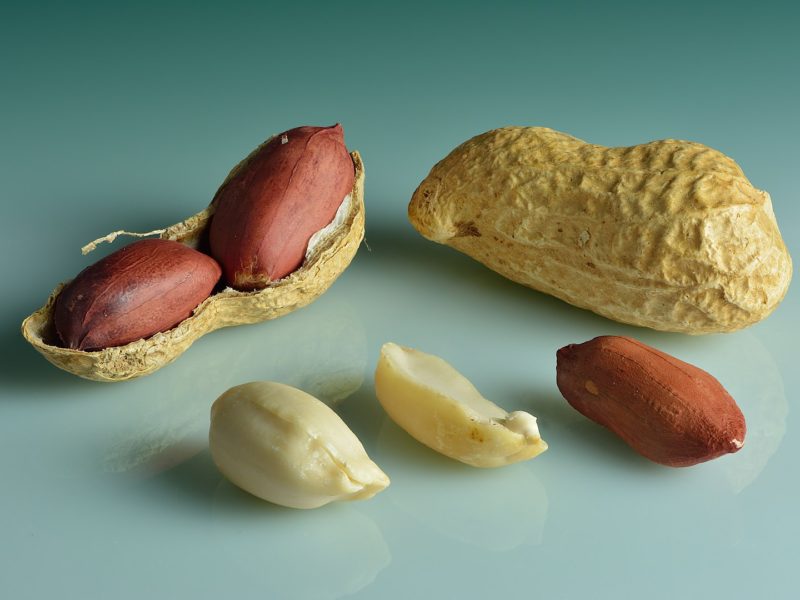
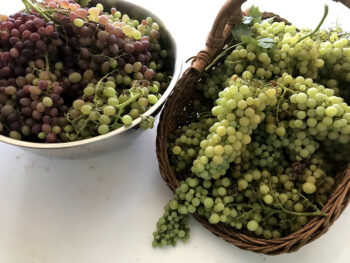
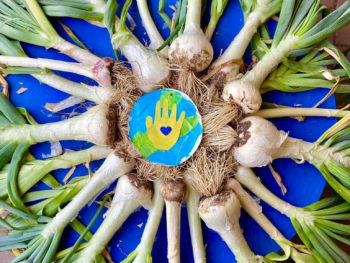
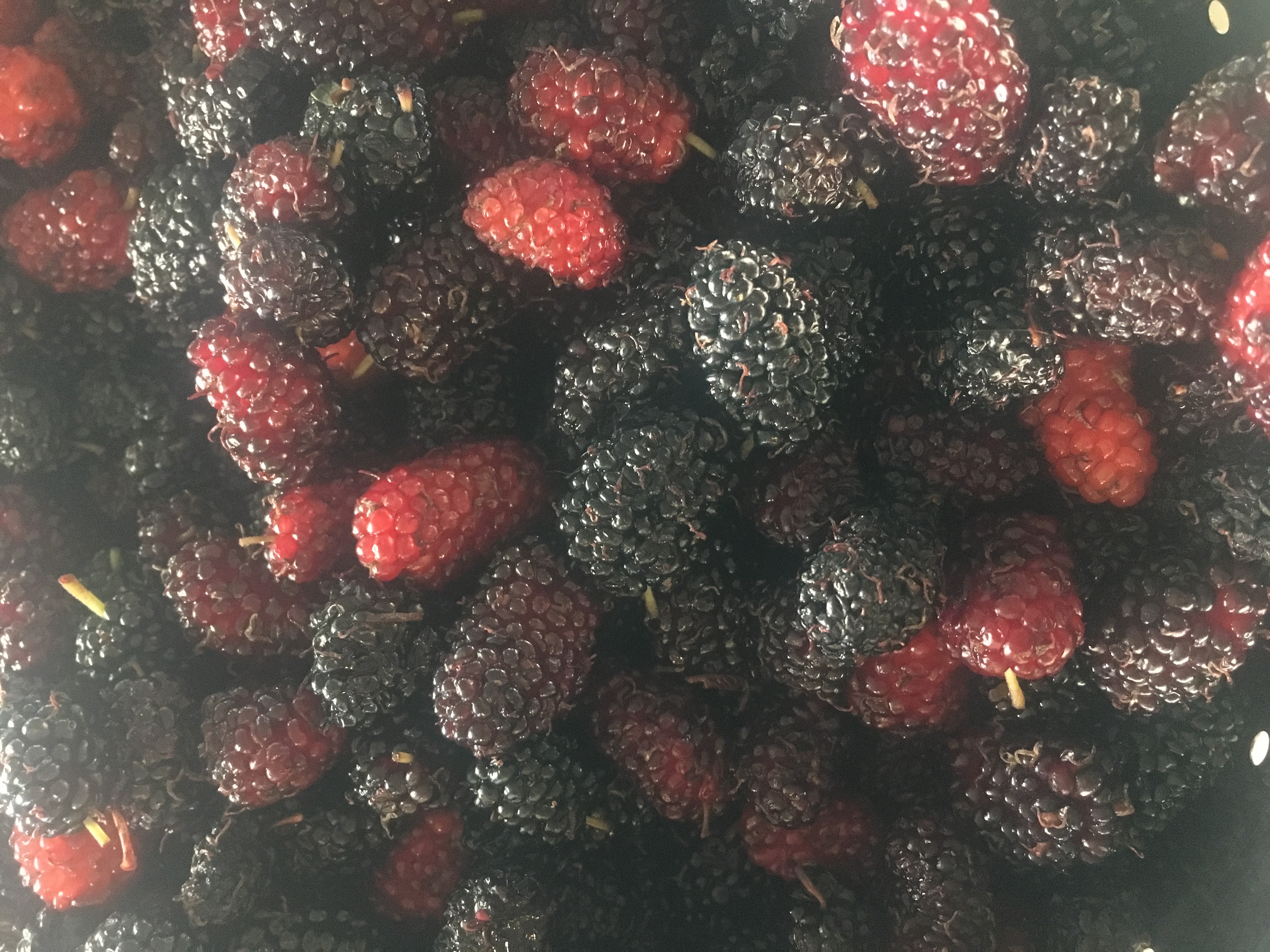
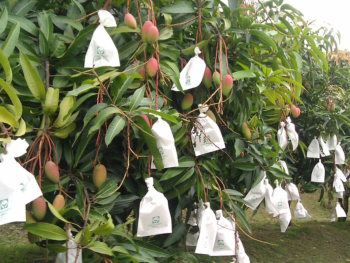
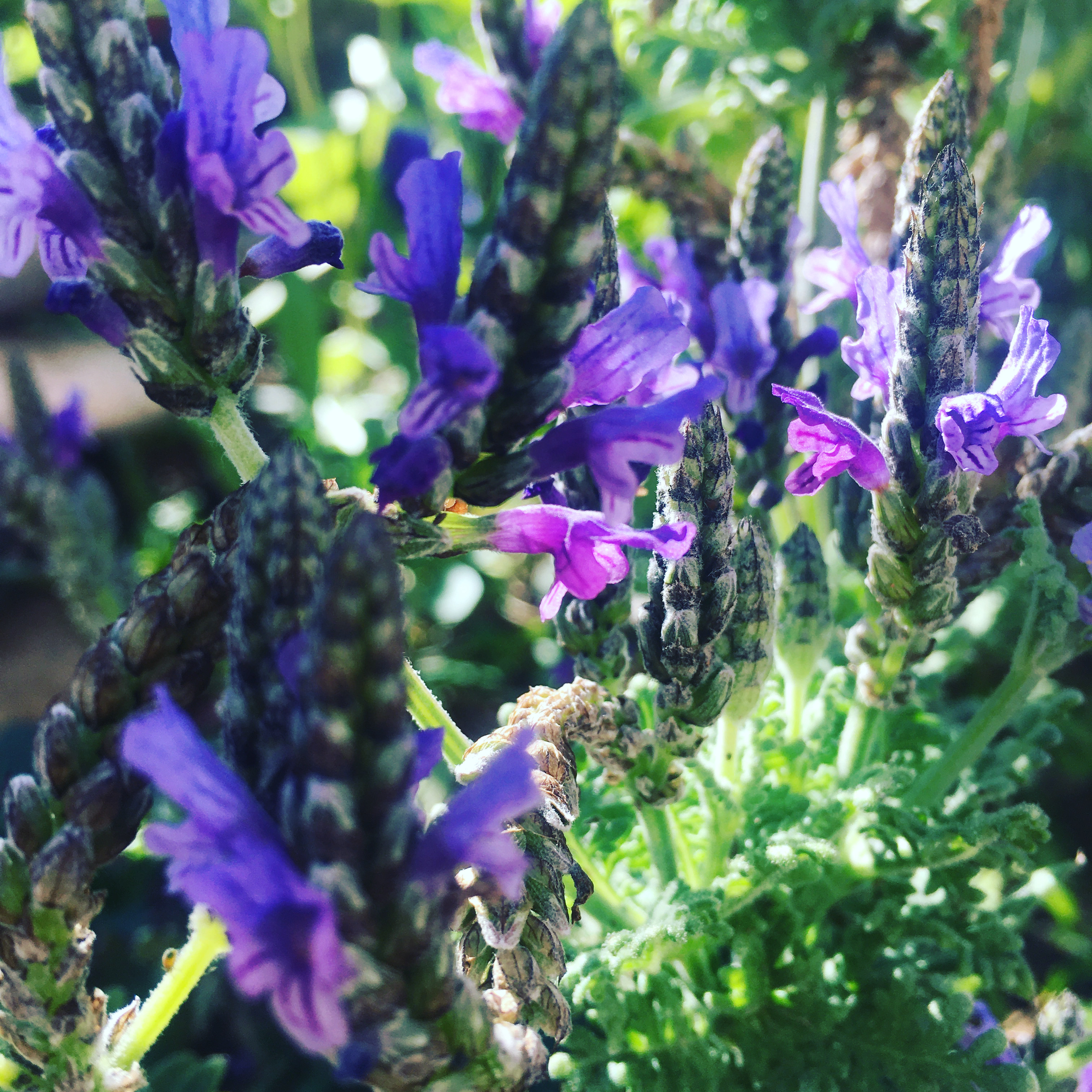
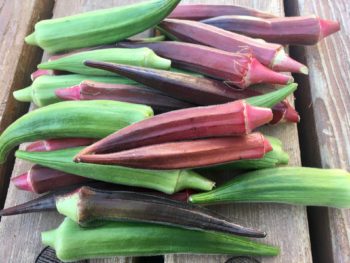
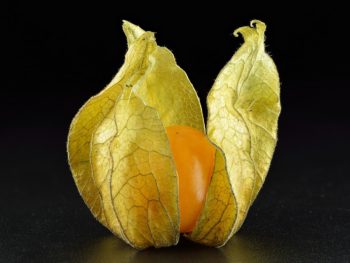
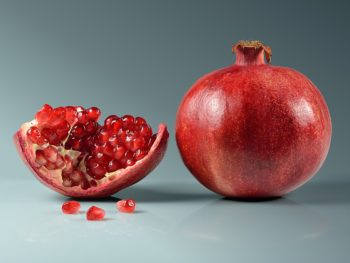
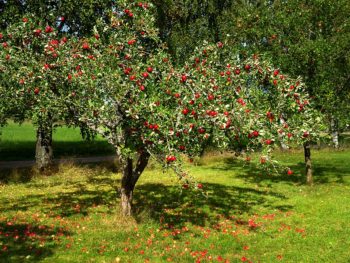
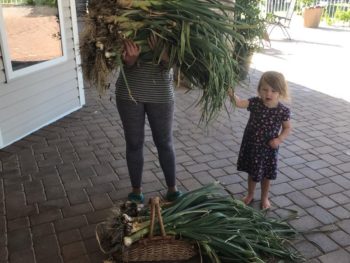
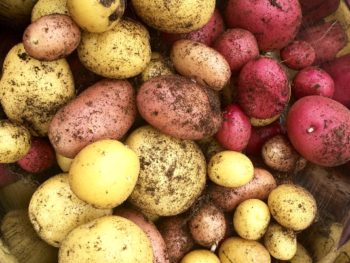
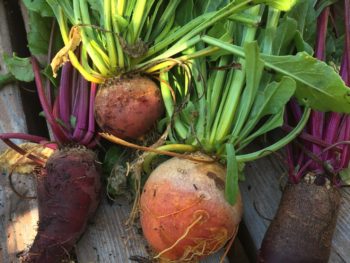
 How To Grow Okra In The Desert
How To Grow Okra In The Desert
I was pretty pleased to discover this great site. I need to to thank you for your time for this particularly fantastic read!! I definitely appreciated every part of it and I have you book marked to see new stuff on your blog.
We are glad to hear that.